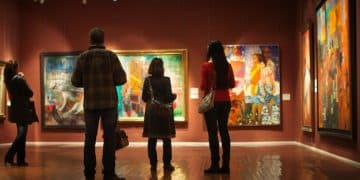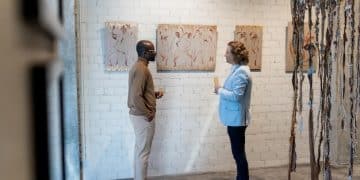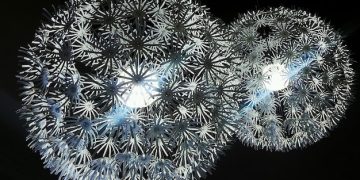How to spot a forgery: Insider tips from art authentication experts
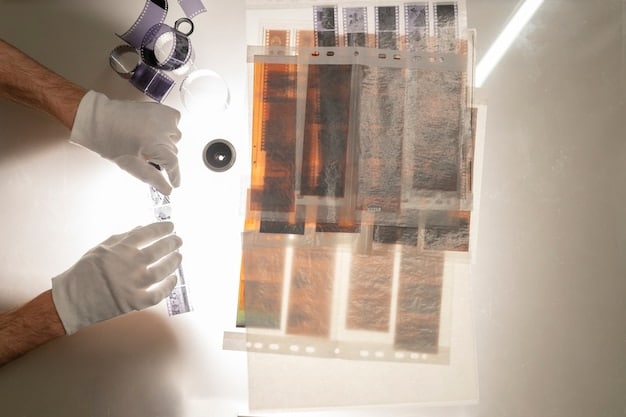
How to spot a forgery isn’t just an art world curiosity, it’s a skill every collector, investor, or curious enthusiast should develop. In a market flooded with imitations, knowing what’s real can be the difference between building a meaningful collection or falling victim to a costly deception.
From brushstroke analysis to carbon dating, today’s methods for uncovering fakes blend intuition with science. Let’s explore how experts stay ahead of even the most convincing forgers, and how you can, too.
Understanding the art authentication
How to spot a forgery begins with understanding what makes a piece of art authentic. It’s far more than aesthetics; it’s about the entire story behind the canvas. This process combines scholarship, observation, and evidence to validate a piece’s origins.
Authentication involves identifying whether the materials, style, and documented history align with the artist’s known output. This isn’t guesswork, it’s a disciplined investigation that evolves with each discovery.
Equipped with the right knowledge, anyone can sharpen their eye for the truth. Whether you’re examining a painting or sculpture, knowing what questions to ask, and where to look, can reveal far more than meets the eye.
The role of provenance in authentication
Provenance is your map through an artwork’s journey. A complete chain of ownership helps verify legitimacy, offering assurance that the piece came from where it claims. A reliable provenance typically includes sales receipts, exhibition records, or gallery documentation.
Gaps or vague entries in an artwork’s history aren’t just suspicious, they’re red flags. When no paper trail exists, doubts begin to rise. Authenticators know that a lost record can unravel an entire narrative.
Strong provenance doesn’t just support authenticity; it increases an artwork’s value. That’s why every serious collector must pay attention to this paper trail, and question any story that seems too convenient.
Stylistic analysis: Deciphering the artist’s hand
How to spot a forgery often starts with the eye. Stylistic analysis compares the suspected piece to verified works from the same artist, looking for harmony, or discrepancies, in technique, composition, and execution.
Brushwork is a key indicator. Each artist has a rhythm to their strokes, some fluid, others abrupt. Comparing these traits helps determine if a piece is consistent with an artist’s unique style.
Color palette and composition also matter. A work attributed to an early period should reflect the hues and patterns typical of that time. Anything out of place invites a deeper look into its origin.
Essential tools and techniques in art forgery detection
Modern art authentication blends centuries-old knowledge with cutting-edge tools. Knowing how to spot a forgery now means navigating between intuition and scientific analysis, often in tandem.
Experts rely on both visual and technical evaluations. While eyes catch stylistic red flags, devices detect chemical inconsistencies invisible to the human eye. The goal is to cross-verify clues from every possible angle.
From examining paint layers to analyzing canvas threads, these tools help authenticators piece together a truthful picture, one that forgers hope to blur.
Microscopic examination: Unveiling hidden details
Under magnification, secrets come to light. A microscope can reveal brushstroke irregularities, paint layering, or canvas damage hidden from view. This up-close view offers a micro-level truth that speaks volumes.
Fine cracks, pigment buildup, or even embedded fibers tell a story of creation, or deception. Trained eyes detect whether these elements align with natural aging or deliberate imitation.
Microscopic examination plays a pivotal role in detecting overpainting, restorations, or inconsistencies in application. It exposes what the forger tried to conceal beneath the surface.
The power of X-ray and infrared reflectography
X-ray and infrared imaging dive beneath the visible. These methods reveal underdrawings, changes, or earlier works hidden under newer paint, often exposing forgery attempts.
An X-ray shows the structure beneath the canvas, highlighting sketch lines, alterations, or hidden flaws. If the structure contradicts the known method of the artist, doubts arise.
Infrared reflectography highlights original sketches or erased compositions. When discrepancies surface, these tools offer hard evidence that something isn’t quite right.
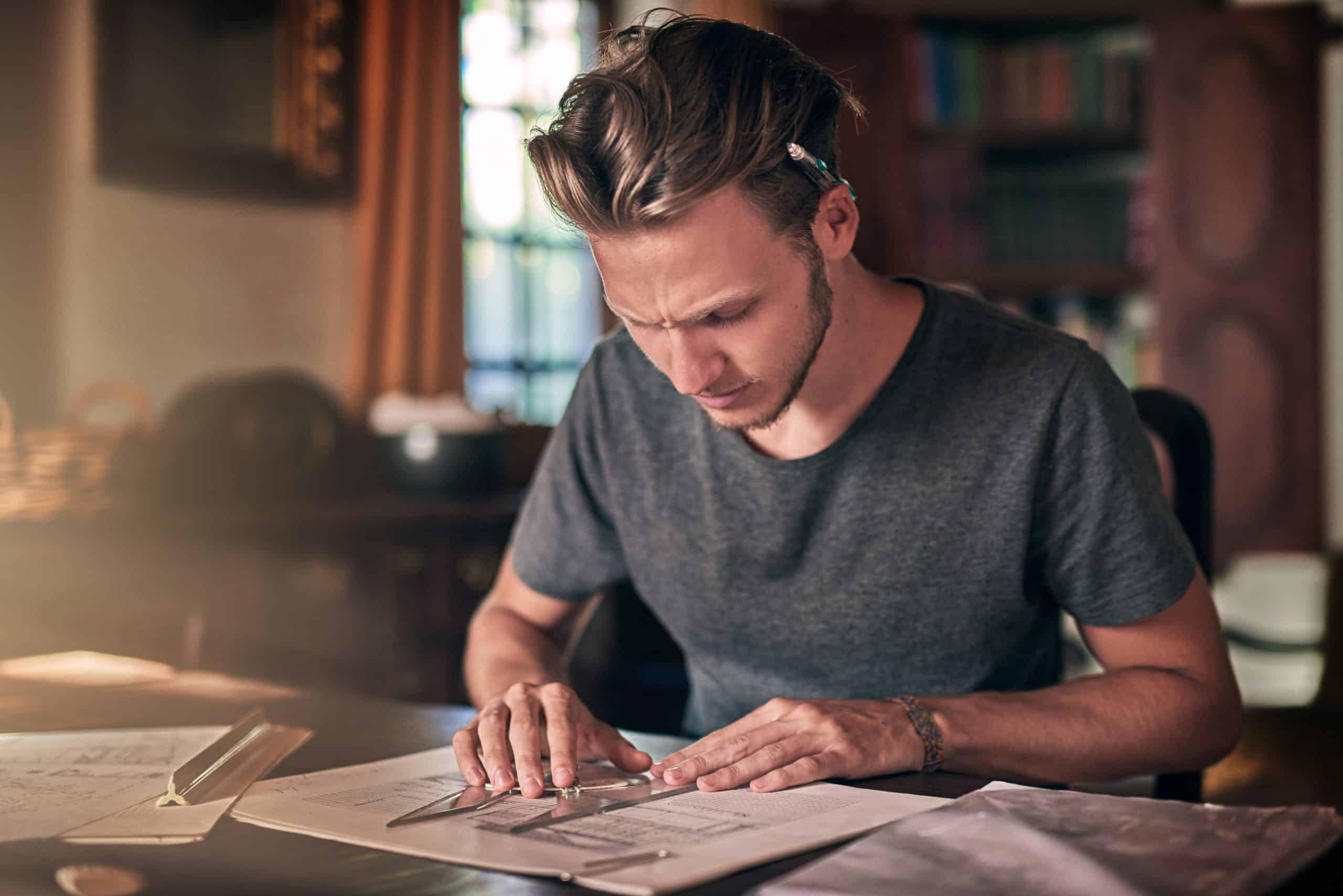
Red flags: Common signs of art forgery
Learning how to spot a forgery means identifying red flags early. Whether it’s inconsistencies in materials or a story that doesn’t add up, warning signs are always there for those who know what to watch for.
Sometimes, it’s the small details, modern pigments in a supposed antique or a signature that doesn’t match documented styles. These are clues that demand a closer look.
Even the behavior of a seller can raise suspicion. Hesitation, lack of documentation, or pushy sales tactics can point to something being off beneath the surface charm.
Inconsistencies in materials and techniques
Materials speak louder than paint. If a 16th-century work contains 20th-century acrylics, alarm bells should ring. Science helps confirm whether the tools and substances used match the era claimed.
Forgers often try to replicate older styles but fail to use historically accurate techniques. A Renaissance-style painting with modern brushwork is a clear giveaway.
A mismatch between medium and method can indicate a fake. Experts look for harmony between an artist’s known practice and what the current piece presents.
Questionable provenance: A missing history
No provenance? No confidence. A missing or fragmented ownership history is one of the most common red flags for a forged artwork.
If records suddenly appear just before a sale, or don’t exist at all, that’s a red flag. Authenticators demand consistency and clarity, not vague narratives.
When dates don’t align or sources are unverifiable, the entire legitimacy of the work collapses. This is where even a stunning visual can’t save an artwork from scrutiny.
The importance of scientific analysis in authentication
While your eyes can catch inconsistencies, how to spot a forgery is greatly enhanced by science. Analytical tools offer concrete data that either backs the artwork’s story, or breaks it apart.
Chemical tests determine whether materials used in the artwork existed at the time it was supposedly created. These findings are objective and difficult to dispute.
This kind of hard evidence often settles debates. It can either reinforce provenance or uncover a carefully crafted lie hiding in plain sight.
Radiocarbon dating: Determining the age of organic materials
Radiocarbon dating evaluates materials like canvas, wood, or paper to estimate their age. It detects the decay of carbon-14, giving a reliable window into when the object was made.
This method can confirm whether a piece could feasibly be from a claimed period. If the material dates decades later than expected, authenticity is instantly in question.
Radiocarbon dating is especially effective for older artworks, giving scientific weight to either validate or debunk historical claims.
Pigment analysis: Identifying the composition of paints
Analyzing pigments reveals the chemical fingerprints of paint. Experts use techniques like Raman spectroscopy or XRF to identify whether the colors match the artist’s known materials.
If synthetic pigments appear in a work attributed to a time before their invention, it’s a clear sign of forgery. Pigment analysis reveals truths that surface inspection can’t detect.
This tool plays a central role in verification, providing unbiased, data-backed insight into a piece’s authenticity.
Case studies: Famous art forgery unveiled
Nothing illustrates how to spot a forgery better than real-world examples. Famous cases show how even experts can be fooled, and how they eventually uncovered the truth.
These stories shed light on the methods forgers use and the dedication authenticators apply to expose them. They are cautionary tales, but also blueprints for future vigilance.
Each case reveals patterns, mistakes, and innovations that sharpen our collective ability to separate truth from trickery.
The case of han van meegeren
Han van Meegeren’s Vermeer forgeries were so convincing they fooled top scholars. He created detailed imitations with “aged” materials and even fabricated matching provenance.
For years, his fakes held places of honor in major collections. It wasn’t until forensic techniques emerged that his secret unraveled.
His story remains a dramatic example of how style alone can’t guarantee authenticity without science and context behind it.
The Beltracchi affair: Modern forgery at its finest
Wolfgang Beltracchi painted in the styles of various 20th-century artists. His wife created forged provenance, and together, they scammed collectors and institutions for millions.
They studied artist habits in detail, mimicking brushstrokes and even using historically appropriate materials. But eventually, inconsistencies in a pigment betrayed their work.
Their case shows that even the most calculated forgeries can fall apart under scientific scrutiny and keen investigative work.
Protecting yourself: Tips for art collectors
Learning how to spot a forgery is your first step. But protecting yourself requires practical actions. Research, expert input, and gut instinct all matter when investing in art.
Know the artist’s history. If you’re familiar with their known techniques and themes, you’re more likely to spot something off in an unfamiliar work.
Most importantly, verify everything. From the seller’s reputation to the artwork’s history, leave no document unchecked. When in doubt, seek expert authentication before you buy.
Do your homework: Research the artist and their work
Before investing in an artwork, take the time to research the artist and their body of work. Familiarize yourself with their style, techniques, and materials. This will help you identify any inconsistencies or anomalies in the artwork you’re considering.
Seek expert advice: Consult with reputable authenticators
If you’re considering a significant art purchase, it’s always a good idea to seek advice from reputable art authenticators. These experts can provide an objective assessment of the artwork’s authenticity and help you avoid costly mistakes.
- Check credentials.
- Request detailed reports.
- Verify the expert’s reputation.
Becoming an informed and cautious art collector can save you from costly mistakes and contribute to greater confidence and satisfaction in your art investments.
| Key Point | Brief Description |
|---|---|
| 🔍 Provenance Research | Investigate the artwork’s ownership history to verify its authenticity. |
| 🎨 Stylistic Analysis | Compare the artwork to known works by the artist, analyzing brushstrokes and composition. |
| 🧪 Scientific Analysis | Use methods like radiocarbon dating and pigment analysis to verify age and materials. |
| 🚩 Red Flags | Watch for inconsistencies in materials, techniques, or provenance. |
Frequently Asked Questions
▼
Art authentication is the process of verifying the genuineness of an artwork, confirming that it was created by the artist to whom it is attributed. This involves various methods, including stylistic analysis, scientific testing, and provenance research.
▼
Provenance is a record of an artwork’s ownership history. A clear and verifiable provenance helps establish the artwork’s legitimacy by providing a timeline of its existence and ownership, reducing the likelihood of it being a forgery.
▼
Common red flags include inconsistencies in materials, techniques, or style compared to known works by the artist. Also, a missing or unverifiable chain of ownership, and suspect behavior from the seller, are cause for concern.
▼
Scientific testing, such as radiocarbon dating and pigment analysis, can reveal the age and composition of the materials used in an artwork. This can help identify inconsistencies with the artist’s time period or known practices, exposing forgeries.
▼
If you suspect an artwork is a forgery, consult with a reputable art authenticator or appraiser. They can conduct a thorough examination and provide an informed opinion on its authenticity, helping you decide on the next steps.
By understanding the tools, techniques, and red flags associated with art forgery, you can approach art collecting with greater confidence and discernment. Remember, knowledge is your best defense against fraud in the art world.


